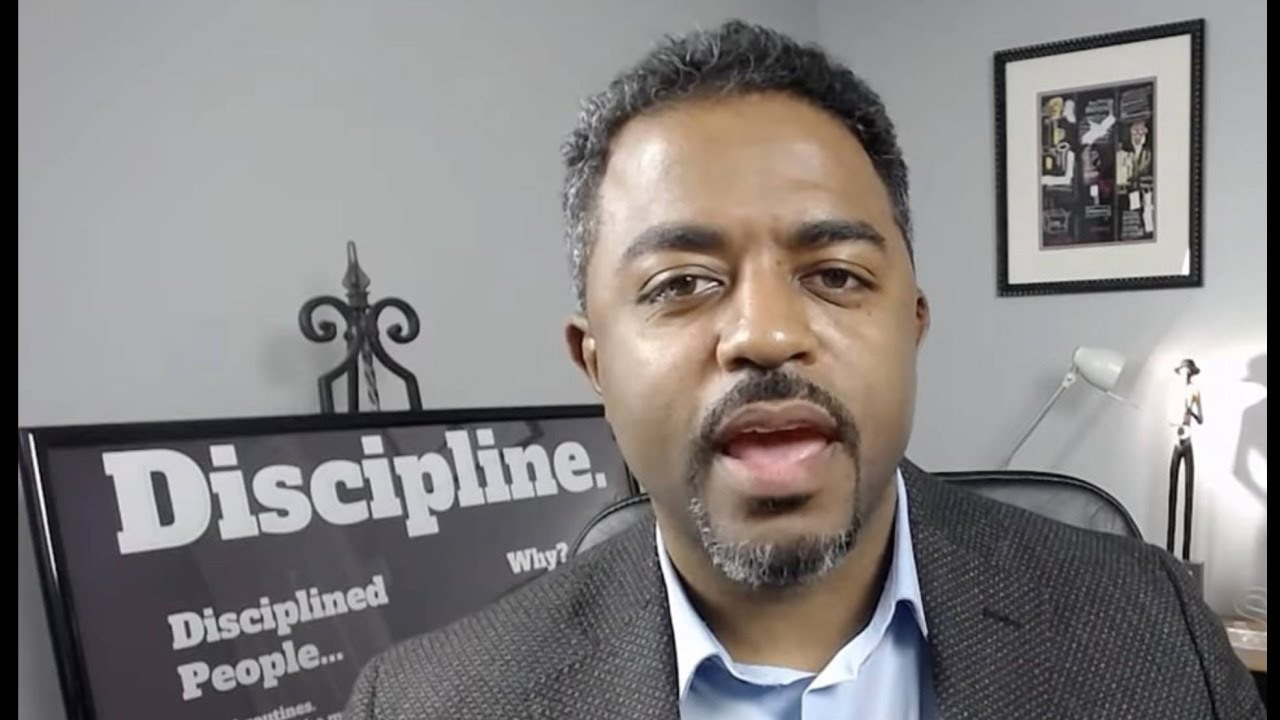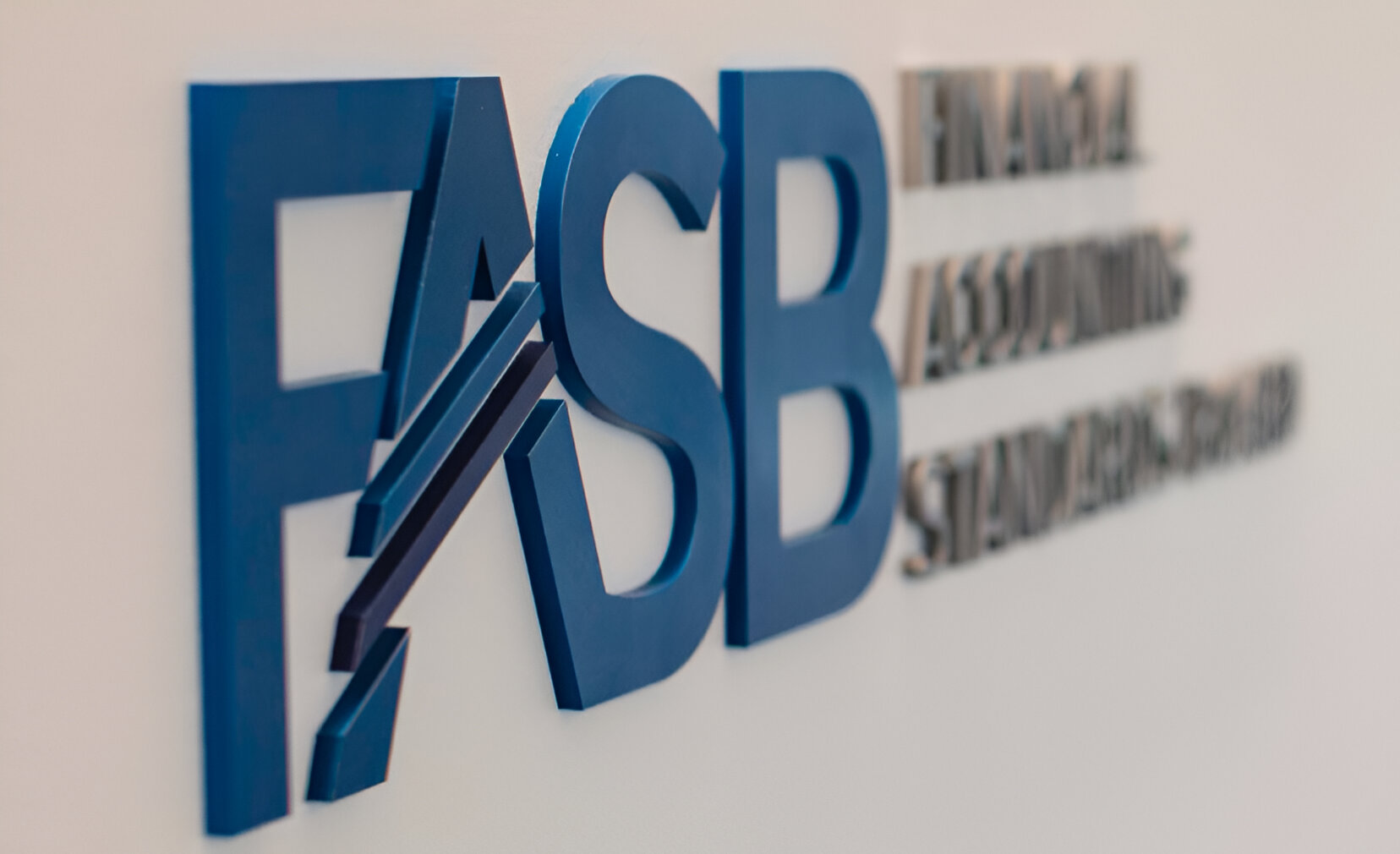We can all take a lesson from the case of Whitsett v. Commissioner, TC Memo 2017-100. First of all, I have been in practice for 23 years. Some of my clients have been with me for that amount of time. This was a troubling case when I read it and I think that we all can take a lesson from it. The facts of the case are as followed:
The Dr. Whitsett was a doctor and she engaged her long-time accountant to prepare her 2011 and 2012 income tax returns. The preparer had done the doctor’s income tax returns for many years and in fact, had been in practice for 25 years. This was known to the doctor. The preparer processed about 100 – 125 returns per year and the doctor never had any serious problems with the IRS or State Officials.
Dr. Whitsett acquired some shares of stock in a company that ended up being acquired by another company. The doctor paid $11,000 for the stock and was offered $1 million for her shares. She accepted the offer and informed her tax preparer of the fact.
Here is where it gets murky. The document that the doctor signed said the payment date was 2011, however the letter also stated that the tax year effected would be 2012. The acquiring company included a letter dated January 9, 2012 indicating that the sale of the shares was processed as of January 4, 2012. These documents were provided to her tax preparer in 2011, along with the other documents to prepare the doctor’s 2011 tax return.
The preparer advised her:
- The sale should be reported on her 2011 income tax return (a conclusion that was incorrect—the sale actually took place in 2012 when payment was made);
- Her basis was $639,437, which was the total of the $11,000 she had originally paid and $628,437 in dividends the advisers erroneously concluded, by looking at prior year’s tax returns, had been reinvested;
- He needed extra time to prepare her return (this was true), and so she needed to pay $154,776 with the extension, which she did (sic)[i]
The return was finally completed in February 2013. The preparer advised the doctor that the return was going to be electronically filed and gave her a Form 1040-V to send in with an amount due of $5,393, which she promptly paid.
The doctor again engaged the same preparer to prepare her 2012 tax returns. In early 2012, she received a 1099-B showing the sales proceeds from the stock transaction to be reported on her 2012 tax return. She sent the 1099-B to her preparer along with a filled-out organizer, and a letter noting that she believed that she had paid taxes on the stock transaction in 2011. For the second time, an extension was filed.
The preparer reiterated that no gain should be reported in 2012. There was no sale reported on the doctor’s 2012 return, even though a 1099-B was given to the preparer.
In December of 2013, the doctor received a CP80 notice regarding the 2011 return. The notice stated that there was a credit to her account of $165,562 on her account for 2011, and informed the doctor for the first time that no return had been filed. The doctor wrote the IRS indicating that she believed that a 2011 tax return had been filed.
In January of 2014, she asked her tax preparer if she should send another copy of the 2011 return for processing, and she was assured by the tax preparer that it wasn’t necessary. She was also told that her return had been e-filed. In October of 2014, the doctor received another CP80 again showing the credit and stating that the 2011 return had never been filed. On October 18,2014, the doctor wrote another letter to the IRS stating that the 2011 return had been electronically filed.
So, guess what happened next? Nine days later the doctor got a CP-2000 Notice noting that there was unreported income from her 2012 return of $1.7 million. This is because the preparer ignored the 1099-B. She sent both notices to her tax preparer to ask what was going on, and the preparer had the doctor execute a power of attorney (POA), which apparently she did.
Again, here is where the tax preparer messes up. By email he assures the doctor that he is working on both issues. Finally, on February 2, 2015, the preparer sent the doctor an email stating that he concluded that the income should have been reported in 2012 instead of 2011, and that he was going to amend the 2011 and 2012 returns.
In April of 2015, the IRS, after not hearing from anyone, issued a Notice of Deficiency (NOD), for $541,522 of taxes and an accuracy related penalty of $107,995. The doctor realized that something had gone seriously wrong and she sought the advice of an attorney who prepared the 2011 tax return that did not report the sale of stock, and which showed a refund due that the attorney had applied to 2012. The attorney also prepared a petition to Tax Court.
At the pretrial conference, the doctor and the IRS agreed on the tax for 2012; the only thing that was to be argued was the penalty. In Court, the doctor argued that the penalty should not apply to her because she relied on her tax professional. After a lot of going back and forth, the Court agreed with the doctor and she didn’t have to pay the penalty.
Now let’s take a look at this case. Stop and think about this for a second. You have a long-time client that sells some stock in 2011 and who has a letter saying that it is a 2012 transaction. None of that is being argued, but if it were me, I would know that there would be a 1099-B and that would be the year in which I reported the transaction. Then you have the IRS sending a notice saying that they never received the 2011 return. Again, if it’s me, I look at the tax program and see if indeed the return was filed and print out a confirmation to give to my client. I make mistakes just like everyone else so I would at least look to see.
Then we have the fact that the doctor received money in 2011 but the transaction was reported in 2012. Now is the tax preparer wrong? Well, honestly, and technically, I presume that she is a cash basis taxpayer and she received the money in 2011. It would be taxable in 2011. Nevertheless, there is the fact that if you took the stance that the amount was taxable in 2011, after 25 years of being in practice, you would think that the tax preparer would know that if the 1099-B wasn’t addressed on the 2012 return, that a CP-2000 Notice would be issued when the IRS matched the return to the information statements.
The point is that we all have varying knowledge and skill sets. We all have clients that we have had for years, and we all know how hard it is to get a new client. In this case, just some care to the notices by the preparer would have been nice. You have to remember that most clients have no idea what we do, how we do it, much less what is on their tax returns. They figure that if there’s a mistake on the tax return, that you should handle it. So, just handle it. If it was your mistake, you can’t charge for it, however if it is the client’s mistake, then you probably should. I know that we get busy, and perhaps the preparer viewed this as non-billable work and disregarded it. However, I have one day set aside per week to do nothing but non-billable work. I hate that day, but nevertheless, I must do the work.
Whatever the situation, it is hard to build a client base and a reputation and make money from being a self-employed tax accountant. Again, a lot of my clients I’ve had for many years – there is nothing that I would do to harm that relationship. You should think about that next time an issue like this arises.
—————
[i] Even Though Advice Was Significantly in Error, Taxpayer Reasonably Relied on Tax Professional, No Penalty Due, Ed Zollars, CPA
—————-
Craig W. Smalley, MST, EA, is the Founder and CEO of CWSEAPA, PLLC. He has been admitted to practice before the Internal Revenue Service as an Enrolled Agent and has a Master’s Certificate in Taxation from UCLA. In practice since 1994, Craig is well-versed in U.S Tax Law and U.S. Tax Court cases, and specializes in individual, partnership, and corporate taxation for high-net-worth clients; entity structuring and restructuring; and representation before the IRS regarding negotiations, audits and appeals. Craig is currently a columnist for CPA Practice Advisor and AccountingWEB and has had 12 books published. His articles have been featured in publications including the Wall Street Journal, The New York Times, and Christian Science Monitor, and he has been interviewed and appeared as a featured guest on numerous radio shows and podcasts. Craig can be reached at craig@craigwsmalleyea.com.
Thanks for reading CPA Practice Advisor!
Subscribe Already registered? Log In
Need more information? Read the FAQs




